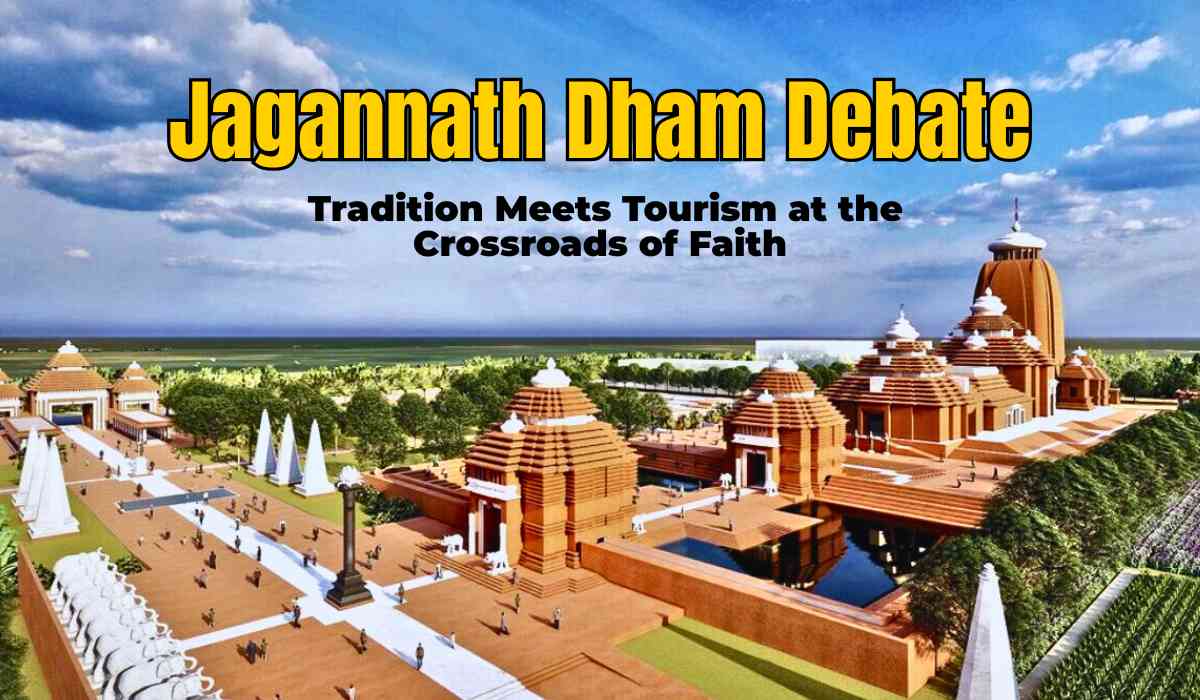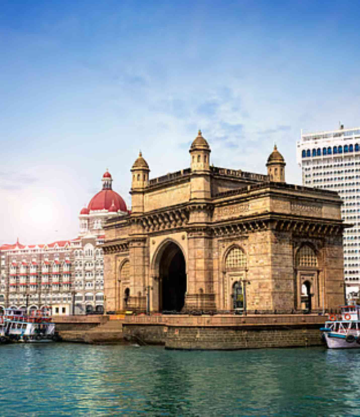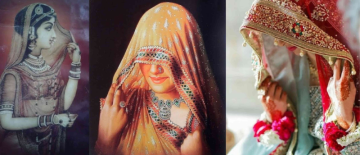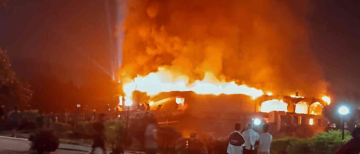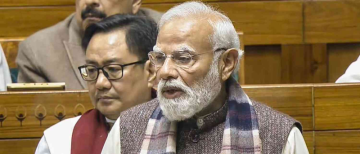The recent inauguration of the Jagannath Temple in Digha, West Bengal, has sparked a heated debate between devotees in Odisha and the West Bengal government. At the heart of the controversy is the temple’s official name-“Jagannath Dham”-a title traditionally reserved for the 12th-century Jagannath Temple in Puri, one of Hinduism’s four holiest pilgrimage sites (Char Dham). While the West Bengal government aims to boost tourism with this ₹250 crore replica temple, Odisha’s devotees argue the naming misrepresents sacred traditions and threatens Puri’s spiritual and economic significance. Let’s break down both sides of the debate.

Why Odisha Devotees Are Upset
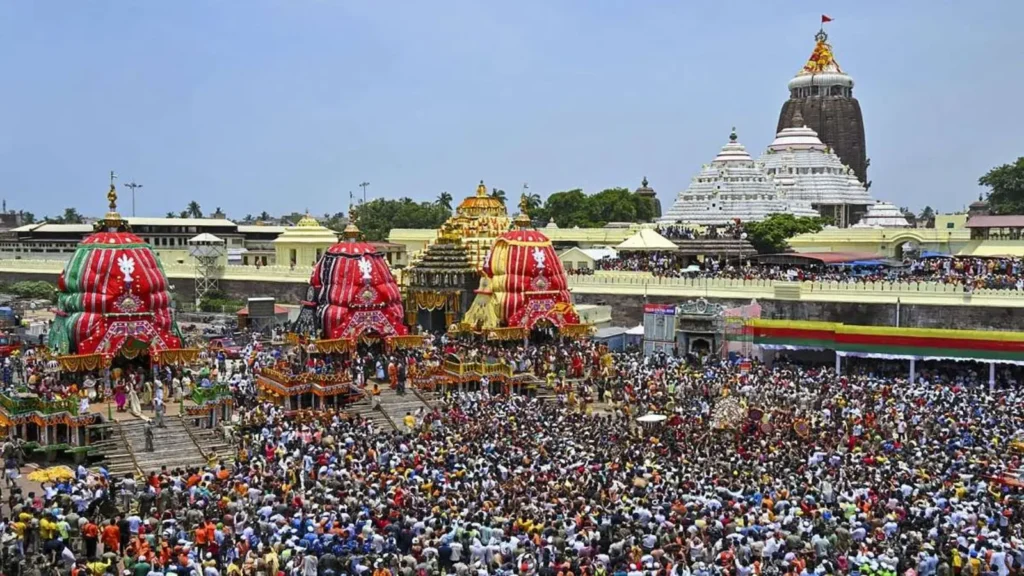
-
Sacred Title “Dham”:
The term “Dham” holds deep religious meaning. Puri’s Jagannath Temple is one of India’s four Char Dham (alongside Badrinath, Dwarka, and Rameswaram), a status rooted in ancient Hindu texts. Odisha’s devotees, including Padma Shri awardee Sudarshan Patnaik, argue that using “Dham” for the Digha temple misleads pilgrims and dilutes Puri’s spiritual authority. -
Ritual Concerns:
Senior servitors from Puri, like Ramachandra Das Mahapatra, highlight ritual deviations at the Digha temple. Unlike Puri’s wooden idols, Digha’s deities are made of stone, and the Brahma Sthapana (soul-infusing ritual) performed there allegedly contradicts traditional practices. Some servitors also accuse participants from Puri of prioritizing personal gain over tradition. -
Tourism Competition:
Puri relies heavily on Bengali tourists, contributing significantly to its economy. The Digha temple’s proximity (350 km from Puri) and similar architecture could divert visitors, raising fears of economic loss.
West Bengal’s Perspective

-
Tourism and Cultural Outreach:
West Bengal Chief Minister Mamata Banerjee envisions the Digha temple as an international tourist hub, calling it a “place of harmony”. The 20-acre complex, styled after Puri’s temple, aims to attract devotees and boost local businesses. -
Inclusivity:
Supporters argue that replicating sacred sites is common in Hinduism (e.g., replicas of Tirupati or Kashi temples) and expands access to worship. They emphasize that the Digha temple is a tribute, not a replacement. -
Legal and Cultural Rights:
The West Bengal government asserts its right to name the temple, noting that “Dham” isn’t legally restricted. However, critics call this a cultural appropriation, citing the unauthorized use of Puri’s Neelachakra (blue wheel) logo in Digha’s promotions.
Balancing Tradition and Modernity
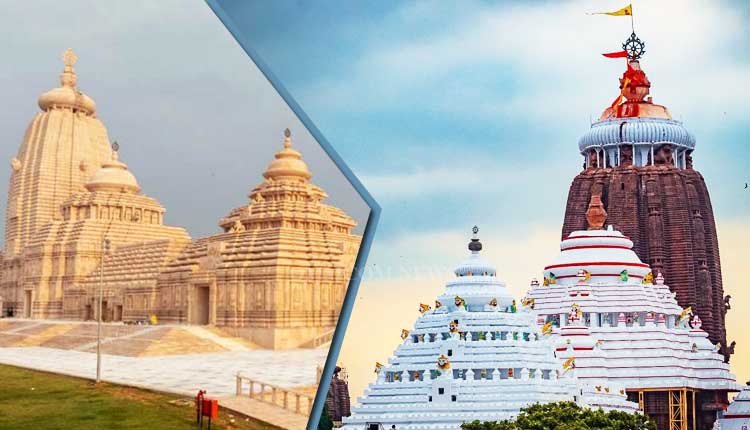
The conflict reflects a broader tension between preserving tradition and promoting cultural tourism. While Odisha seeks to protect its heritage, West Bengal’s project highlights how faith and tourism increasingly intersect in modern India.
-
Middle Ground: Renaming the Digha temple (e.g., “Jagannath Mandir”) could ease tensions while retaining its spiritual purpose.
-
Collaboration: Joint festivals or pilgrim circuits linking Puri and Digha might foster unity instead of competition.
-
Transparency: Clear communication about ritual differences could prevent confusion among devotees.
The demand to remove the “Dham” label isn’t just about a name-it’s about identity, tradition, and livelihoods. While West Bengal’s tourism goals are valid, respecting Puri’s historical and spiritual legacy is equally critical. A collaborative approach, rather than a confrontational one, could turn this debate into an opportunity for inter-state cultural solidarity.
With inputs from agencies
Image Source: Multiple agencies
© Copyright 2025. All Rights Reserved Powered by Vygr Media.

